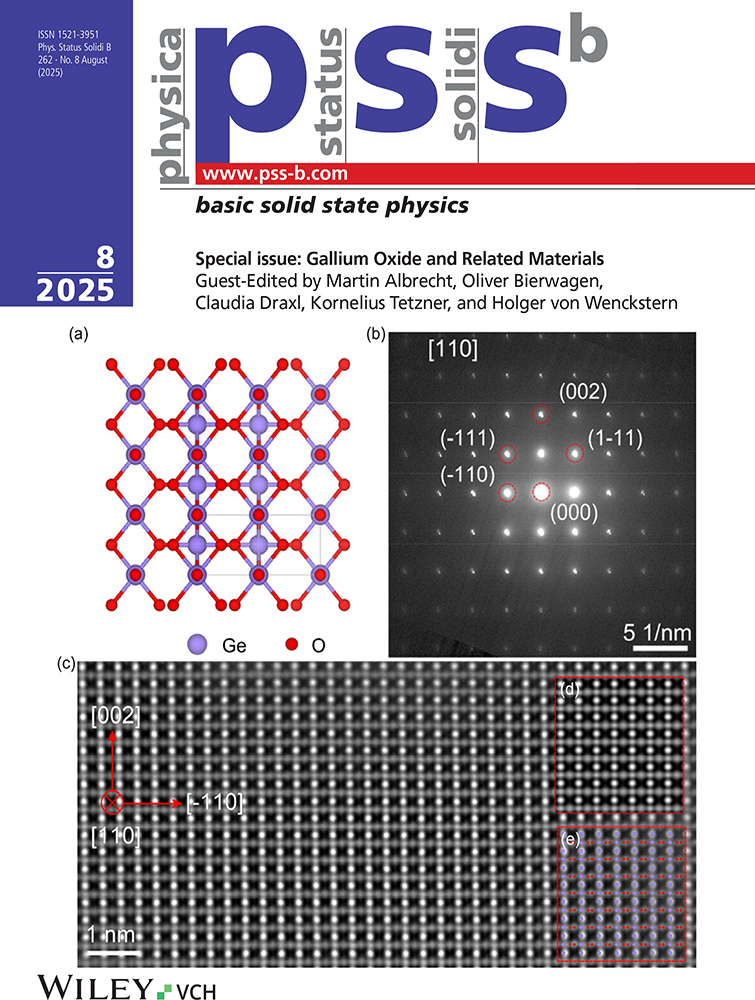Quantum Interference Effects in Highly Doped n-ZnSe Epitaxy Layers Grown by MBE
Abstract
Magnetotransport investigations of quantum interference effects at temperatures down to 0.35 K in a series of highly n-doped MBE-grown ZnSe epitaxy layers with electron densities from 8.2×1017 to 7.5×1018 cm—3 are presented. We observed a negative magnetoresistance in all samples studied. The change of magnetoconductivity Δσxx(B) shows a linear dependence on the square root of the magnetic field. The slope of the √B dependence approaches the universal value predicted by weak localization (WL) theory when the temperature is reduced to 0.35 K and the electron density is well on the metallic side of the metal–insulator transition (MIT). The temperature exponent of the estimated phase coherence time τφ is around unity.




